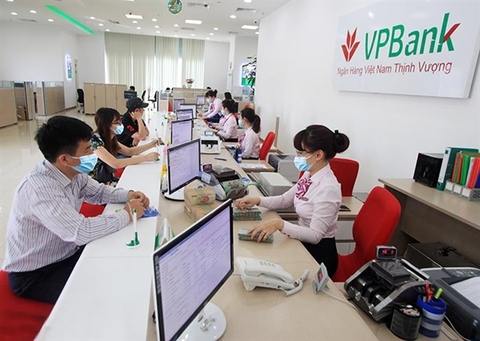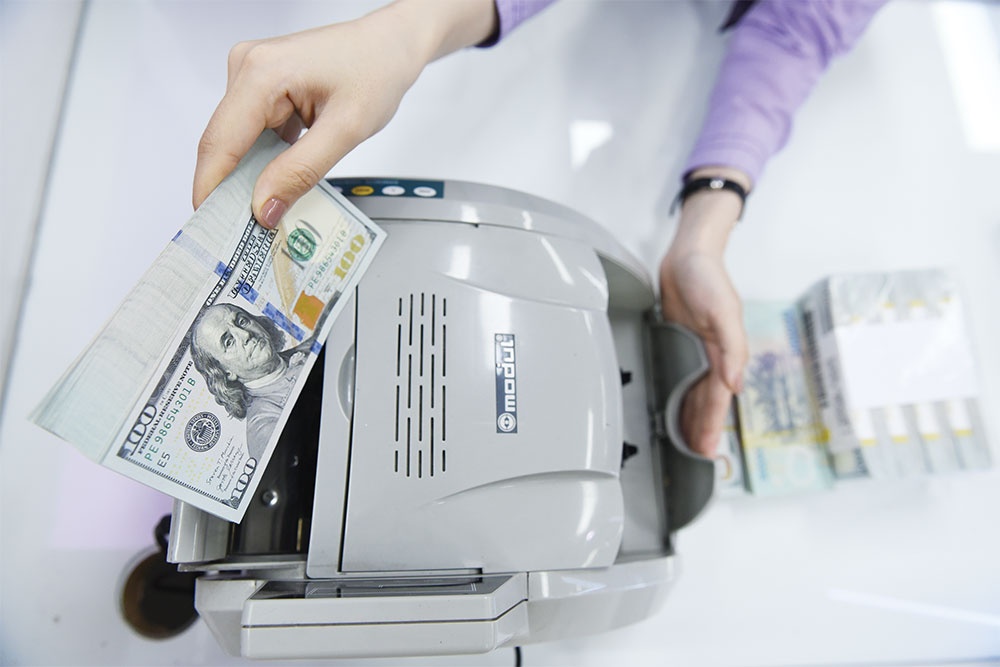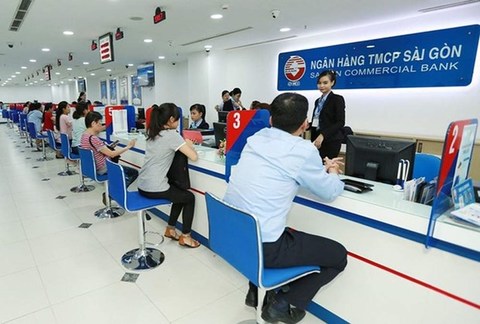Temporary interest rate package requiring second look
Temporary interest rate package requiring second look
The reach of the 2 per cent lending rate support policy has been lower than expected after banks applied common credit standards to businesses that wanted to benefit from the scheme – leading to both sides asking for more assistance in improving the situation.
Five months ago, the State Bank of Vietnam (SBV) implemented a 2 per cent lending rate package to last until the end of 2022, as businesses faced difficulties with cash flows. At the time, SBV Deputy Governor Dao Minh Tu said, “A credit package of $1.67 billion from the state budget through lending rate support will help businesses overcome difficulties, reduce capital costs, and contribute to promoting the economic recovery process.”
But so far, the outcome is not as expected. According to a report from several commercial banks, loan sales with lending rate support reached merely around $184 million for around 550 customers, and outstanding loans with a concessional rate support reached about $180 million.
Industries that are supported with the 2 per cent lending rate include aviation, transportation and warehousing, tourism, catering, education and training, agro-forestry-fishery, processing and manufacturing, IT, and more.
While the policy only disbursed a certain part, the demand for capital continued to increase sharply. According to the SBV, by September 28 credit growth reached 10.96 per cent, and credit demand would continue to increase in the last months of the year. However, the fact that banks have introduced standard regulations on conditions for accessing support packages has raised concerns of businesses about opportunities to access them,
Dang Tran Hoang Thuy, director of Thien Trieu An Company, an agricultural product processing company in the southern province of Dong Nai, said that there would be too many requirements and paperwork.
“During the isolation period of the pandemic, many firms operated without profit. We contacted many capital channels but struggled to show no bad debt, collateral, or revenues and profit,” Thuy said. “We don’t have the opportunity to approach banks but the company is in dire need of capital to restore production and business.”
With current regulations, commercial banks are confused in determining who is eligible to support this programme. In August, Nguyen Viet Cuong, deputy general director of Vietcombank, said commercial banks must self-assess their customers’ resilience, and each bank will have a very different assessment.
“What banks are afraid of at this point is to assess that customers are likely to recover when revenue increases compared to the previous year. What would debt recovery then be like, when the customer fails to pay the debt due to objective reasons? Does the bank assess the customer’s resilience in violation of regulations?” Cuong pondered.
Many domestic economists believe that the regulation that businesses must meet the credit standards of banks has two sides. On the one hand, it is difficult for businesses to meet such standards after two years of stagnation. But on the other hand, banks also take great risks if they lower their credit standards and lend to businesses that are unable to repay loans, and it could be even more serious if they lend to the wrong people.
Dr. Nguyen Tri Hieu, an independent analyst, said, “Collateral conditions are obstructing the ability of enterprises to access capital to restore production and business. After the pandemic, most businesses no longer have collateral, because their assets have been mortgaged for previous loans. However, the banks did not turn to unsecured lending and still require collateral.”
Dau Anh Tuan, deputy general secretary of the Vietnam Chamber of Commerce and Industry, said, “One of the major difficulties of enterprises today is lack of capital flow while accessibility to resources is limited.”
The research results of the Provincial Competitiveness Index in 2021 show that almost half of the surveyed enterprises said they had difficulty in accessing capital. Tuan added, “To solve this capital shortage, around 4 per cent of businesses were forced to seek black credit.”
Forecasts say credit demand will continue to increase in the last months of the year. Many businesses stated that they are waiting for new policy messages in the direction of minimising conditions, such as removing the conditions for having a business registration licence, and supporting foreign currency lending rates for exporters and groups that are eligible for support but only borrow foreign currency.
Meanwhile, banks are also waiting for specific instructions on the resilience of customers; only it then can it be assured to deploy loans and support the 2 per cent lending rate from the state budget.




















